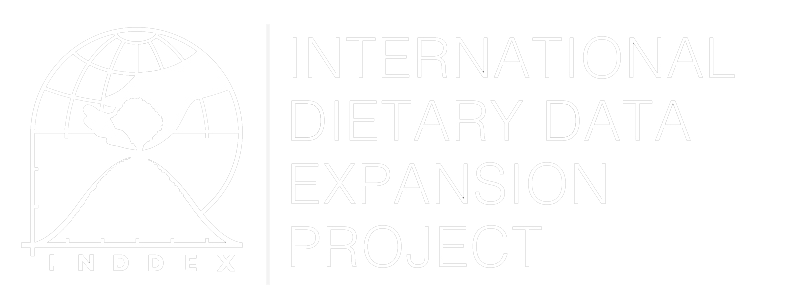Household Share of Food from Various Sources% kcals
Overview
The household share of food by source is an indicator that quantifies the contribution of a given food source (market, own-production, gifts, etc.) to total calories acquired or consumed by a household. Surveys that collect data on acquisition are a proxy for food consumption, as households may build food stocks or consume food stocks during the reference period, as compared to consumption-based surveys, which collect data on food consumed in a specified recall period (Fiedler & Mwangi, 2016). Both of these types (acquisition and consumption) collect information on food that is purchased, own-produced, or received as a transfer. A third type of Household Consumption and Expenditure Survey (HCES) collects a combination of acquisition and consumption data wherein households report what they acquired through purchases and what they consumed from own-production and transfers (Smith, 2003). This indicator provides information on the extent to which food acquisition or consumption depends on the marketed food supply, and to what extent the household relies on its own production as a source of calories.
Method of Construction
Household food consumption data will most likely be obtained from an HCES, but only from those that include information on the source of all foods consumed. The standardized food sources are from: (1) own production, (2) purchase, (3) gifts/aid, and (4) other. As stated earlier, a majority of HCES record this information.
![Total kcals obtained from [production/purchase/gifts/other] / Total kcals consumed from all sources](/sites/default/files/data4diets/household-share-food-various-sources--1.png)
Consumption data are transformed into standard units of weight or volume, and then national or local food composition databases are used to estimate calorie content of the consumed foods (Moltedo et al., 2014). For each of the four sources, the total numbers of calories consumed are totaled, and the indicator is calculated in the following way:
This indicator is one of several indicators included in the ADePT-FSM (Food Security Module) software package, which is a free standalone software developed by the Food and Agriculture Organization (FAO) and the World Bank that allows users to easily derive food security indicators from household survey data. The software download and corresponding documentation can be found on the FAO website.
Please also see the Moltedo et al., 2014 book published by the World Bank, which provides detailed instructions for analyzing food security using household survey data (Table 1.5 "Shares of Food Consumption by Food Source", page 80), and Moltedo et al 2018, which offers instructions for using ADePT-FSM to generate diet-related indicators from household data.
Uses
This household-level indicator provides a picture of the relative importance, in terms of energy, of various food sources for a population. It can provide useful information on the vulnerability of populations to either market shocks (if they rely heavily on purchases) or climate shocks (if they rely heavily on their own production). Additionally, in the context of fortification projects, this indicator can provide information on the potential coverage of fortified foods (which must be derived from sources outside the household such as the market or via gifts/aid) and what types of households may be unlikely to access fortified goods based on their food sources (Moltedo et al., 2014). The contribution of other food sources such as public food distribution programs and food received as wages also have policy relevance.
Strengths and Weaknesses
A strength of this indicator is that food source information has been included in about 85% of HCES, making it possible to calculate this indicator for many countries and across time (Fiedler & Mwangi, 2016). Thus, the indicator can be used to assess the impact of national or sub-national changes in growing conditions, market conditions, or any other conditions that may affect how households obtain food. This indicator is derived from HCES data, and therefore can be updated only as frequently as a new HCES is conducted (Fiedler & Mwangi, 2016). One weakness of this indicator is that it is based on calories alone, and does not provide insight into the specific foods or food groups contributing to consumption, or the distribution of calories among household members. It also does not reveal the stability of the food sources or the relative costs a household must incur in order to obtain food from the various sources. Furthermore, one particular issue is estimation of quantities at the household level. HCES frequently rely on expenditure and/or non-standard units, which can be challenging to convert to precise quantities.
Data Source
HCES data can be used to calculate this indicator. The World Bank Microdata Library has the most comprehensive and publicly accessible repository of data. Otherwise, data can be accessed - often for a fee - from the National Statistics Office, though each country has its own policies and procedures. The International Household Survey Network (IHSN) is an informal network to promote data standards and dissemination. National or regional Food Composition Tables should be used to identify the nutrient contents of the foods and can be found at FAO's International Network of Food Data Systems (INFOODS) or the World Nutrient Databases for Dietary Studies (WNDDS), developed by the Agriculture and Food Systems Institute.
